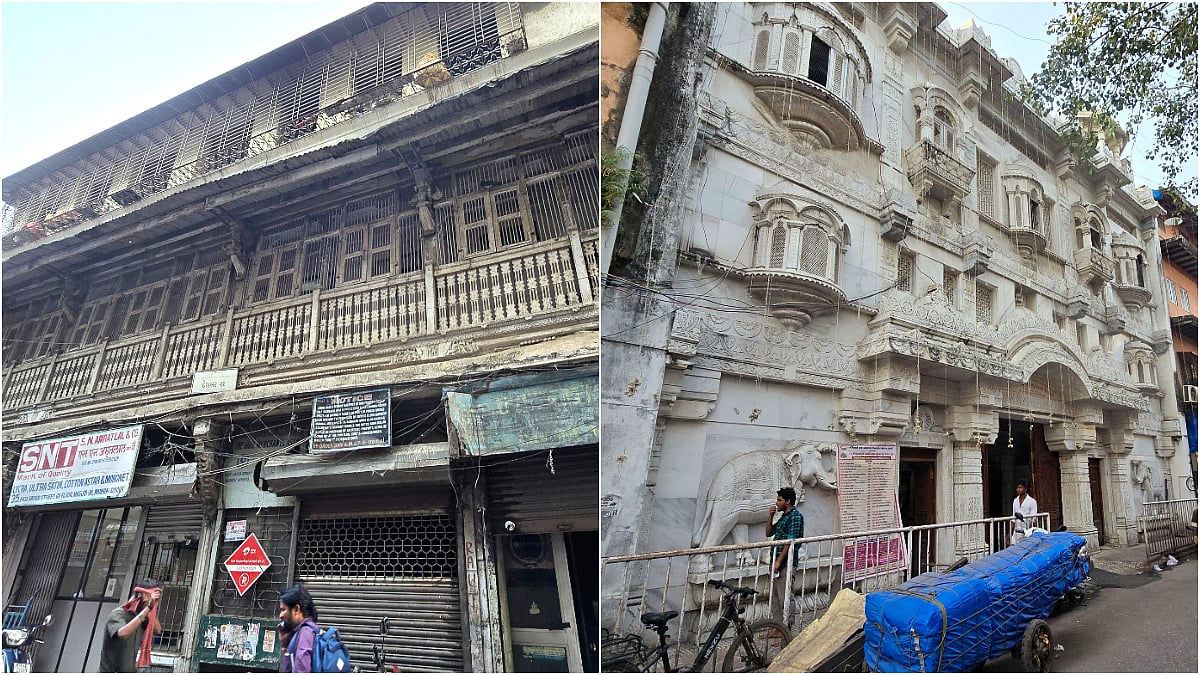Bhopal (Madhya Pradesh): The pride of Madhya Pradesh, Barasinghas that around a half-a- century back had been completely wiped out from Central India due to habitat loss have now regained their strong foothold in the region.
In 1970, only 66 swamp deer (Barasinghas) were left in Kanha Tiger Reserve but their number now stands at 1000, thanks to a massive conservation plan introduced in the reserve to save Barasingha. However, the forest authorities have another challenge to tackle. The swamp deer are facing the risks of inbreeding. To save the population of Barasingha from dangers of inbreeding and to develop a different gene pool, they are being sent to other tiger reserves.
In the first translocation trial, seven Barasingha were sent to Van Vihar National Park around the year 2015. “This experiment was done to see how Barasingha reacts to the translocation process and how they adapt to the new environment. This experiment was successful. Now Van Vihar is having more than one dozen Barasingha,” said SDO Bandhavgarh Tiger Reserve Sudhir Mishra, who had earlier served for nearly 15 years in Kanha Tiger Reserve.
After Van Vihar, first wild to wild translocation of Barasingha was done to Satpura Tiger Reserve and that too turned successful. Now Barasingha are being shifted to Bandhavgarh Tiger Reserve.
“ In three years, a total of 100 Barasingha are to be shifted to Bandhavgarh from Kanha. In March and April, 37 Barasinghas- in two lots- were translocated to Bandhavgarh. Of them, three female Barasingha were attacked by a male during the translocation and they succumbed to injuries after some time,” he said. Now the next lot of deer will be shifted to Bandhavgarh Tiger Reserve in November.
Shedding light on different factors responsible for extinction of Barasingha from the landscape of entire central India, the official said in the 90s, there was immense loss to the habitat of Barasingha which is a marshy animal. Barasingha almost got wiped out from Central India and only 66 were left in Kanha.
Barasingha needs tall grass to give birth to offspring and its offspring sit at one place for eleven to twelve hours while offspring of other animals start to walk with their mother soon after the birth. As habitat was lost they fell prey to predators and hunters leading to drastic drop in their population.











